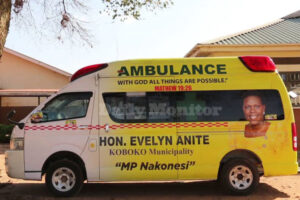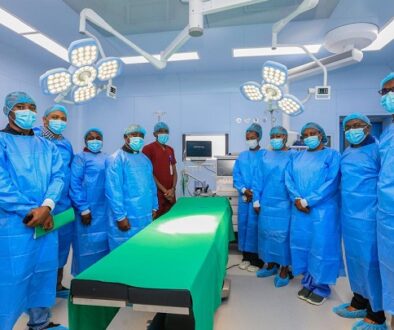Government tightens rules on politicians’ ambulances

CAPITION: One the the ambulences purchased by politicans. (File photo).
By Our reporter
KAMPALA – The Ministry of Health has revealed that all ambulances operating in the country will soon be managed centrally when the call and dispatch center being established finally becomes operational.
Speaking to URN in an interview, Dr Daniel Kyabayinze, the Director Public Health in the Ministry said that government will soon phase out all Type one ambulances which are mostly donated by politicians in favor of life support ambulances categorized as Type B or at most Type B.
He said what Members of Parliament and other individuals have been donating are mainly transport modes which don’t meet specifications required to qualify ambulances.
Kyabayinze says dispatching of ambulances will now be done digitally whereby the vehicles are assigned to specific constituencies and once a request is issued, a patient or a hospital will be electronically connected to the one nearest to them.

Asked whether MPs will now need approval from the Ministry to purchase ambulances, Kyabayinze says they will be guided by policy with an aim of not just offering transport but can be able to extend basic emergency care as one gets evacuated to a health facility.
This development comes amidst complaints by especially emergency care providers that some ambulances do not fit the standard and as a result, for especially trauma cases due to road crashes, many victims get more injured in the process of evacuation.
However, while government is now moving to regulate them, data shows access to ambulances among Ugandans is very low.
A survey done by an NGO Twaweza through their Sauti za Wananchi phone-based studies where they explored Ugandans’ experiences and perceptions of emergency medical services found that only two out of ten citizens know of an ambulance service in their area with the most well-known providers being local Members of Parliament.
In this survey, only about five per cent of the over 3000 respondents knew the toll-free number to call an ambulance when in need of emergency services.


